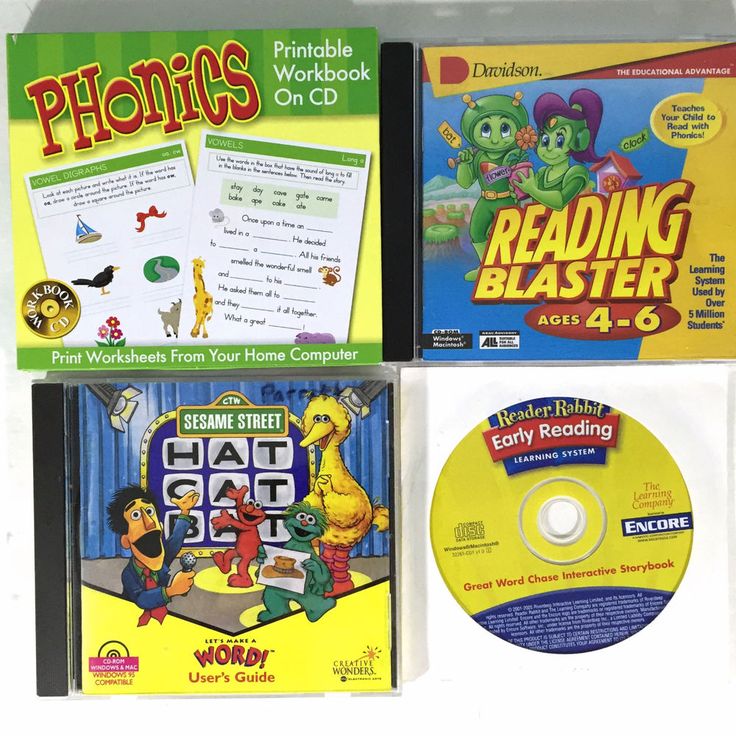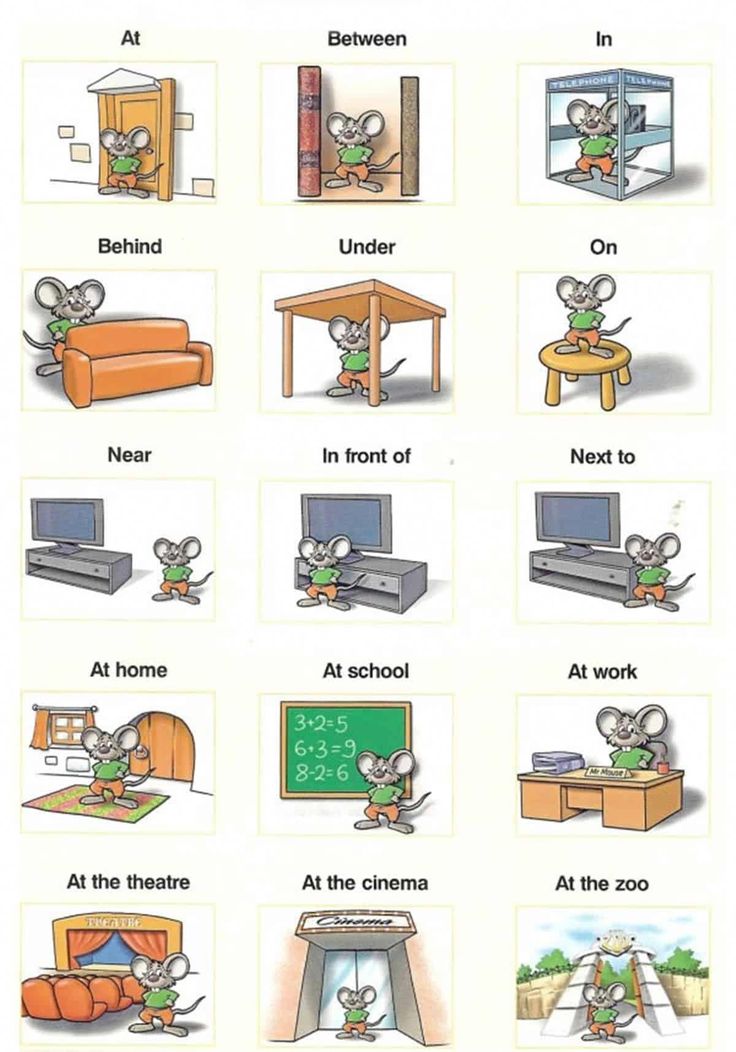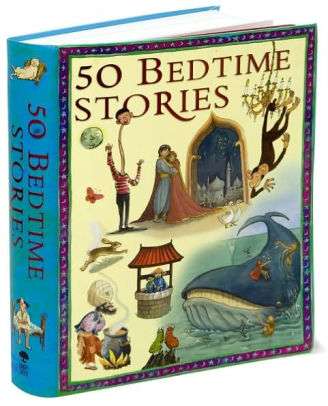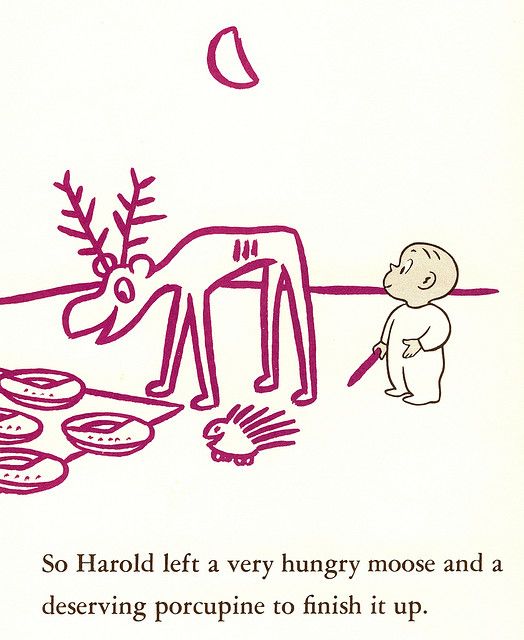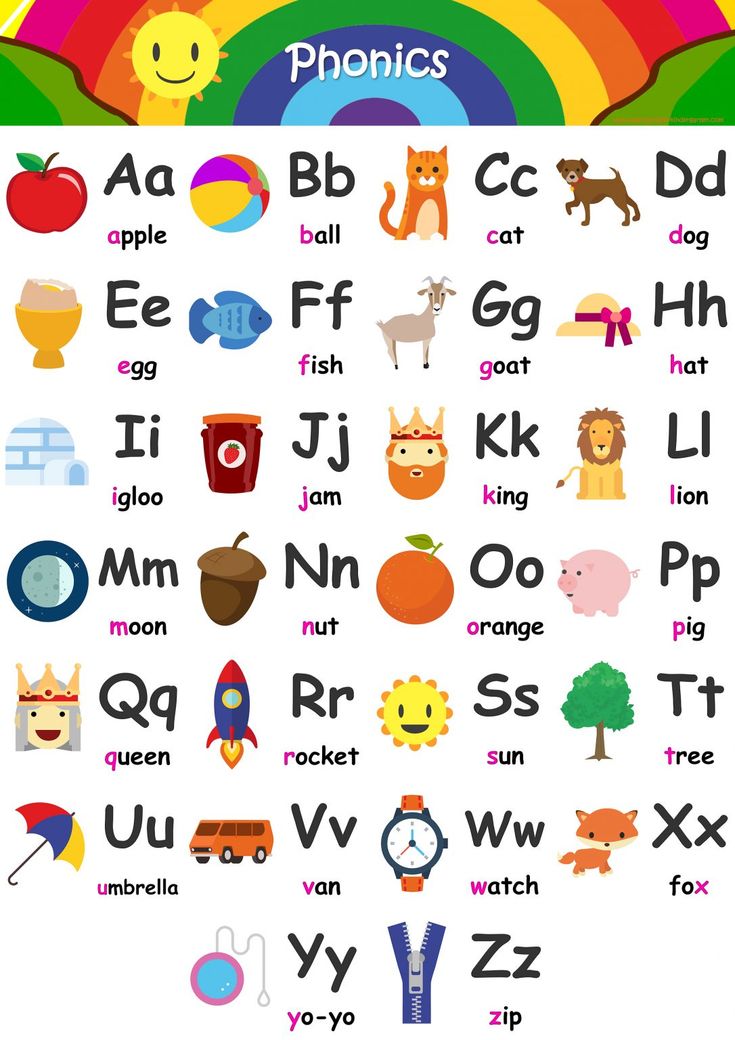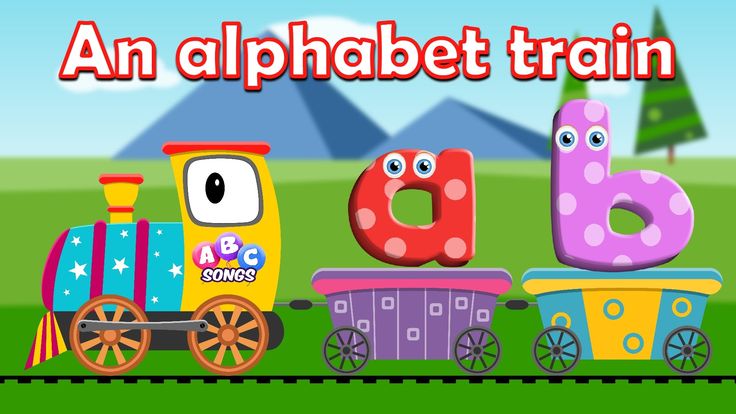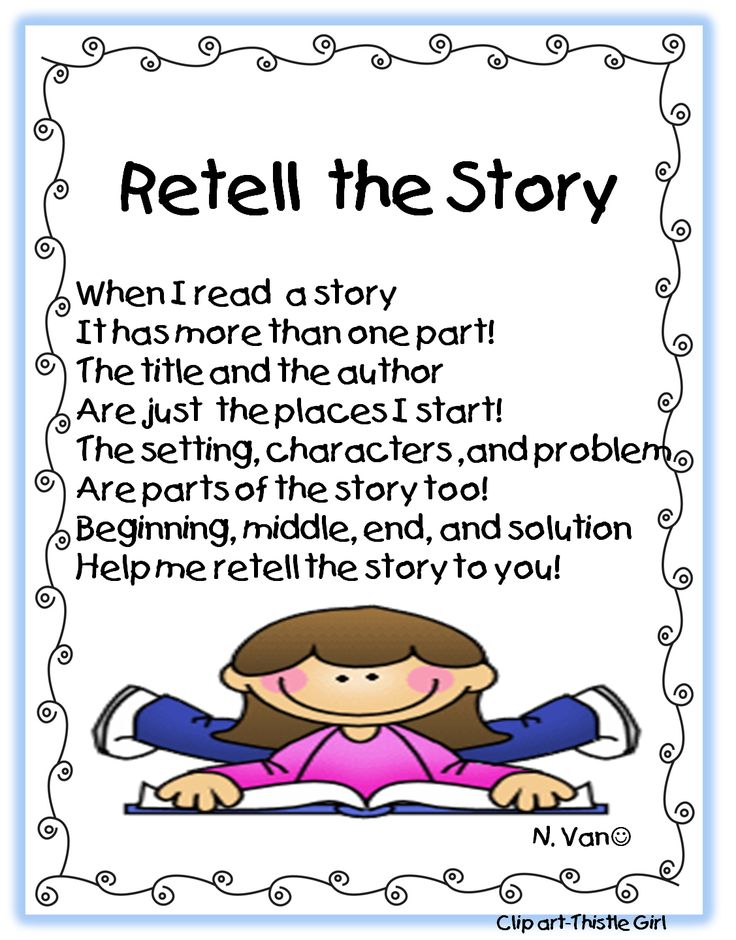Games for early readers
7 Best Literacy-Boosting Board Games
Would you like to spend more time together with your family? Do you want your kids to build their literacy skills? You can actually achieve both goals with these family board games.
1. Tall Tales: The Game of Infinite Storytelling
Ages: 4+
There are several ways to play this storytelling game. My family likes the tell-a-group-story method. Players randomly select a few of the playing pieces and then one scene card is turned over. Each player takes a turn adding to the story, integrating one of their playing pieces into the story each time. The stories get very creative and silly.
Tip: Use the game pieces to create a writing experience. Have your child randomly select three icon pieces and turn over one scenery card. Then, have your child write a story based on the objects and scene selected.
2. Sequence Letters
Ages: 4+ (best for kids who need to work on letter sounds and beginning sounds)
This game is part strategy and part letter sound identification. Players have to match pictures of objects with beginning letter sound cards. For example, if you have a "V" card you cover the volcano picture with a chip. The goal is to cover five spaces in a row to win.
Tip: Challenge your kids to think of other words that begin with each letter sound. See how many words can be named in 30 seconds; each player scores points for each correct word. This allows for two winners in each game.
3. Hedbanz
Ages: 7+ (younger verbal kids too)
Hedbanz is a game that will generate lots of laughs. Each player wears a card on their headband and asks yes/no questions to determine the pictured object. The key is to guess the answer in as few questions as possible.
Tip: This is a great game to use with kids who have speech and language challenges. They will work on formulating questions and picking specific vocabulary.
4. Boggle
Ages: 8+
Playing Boggle takes me back to my childhood.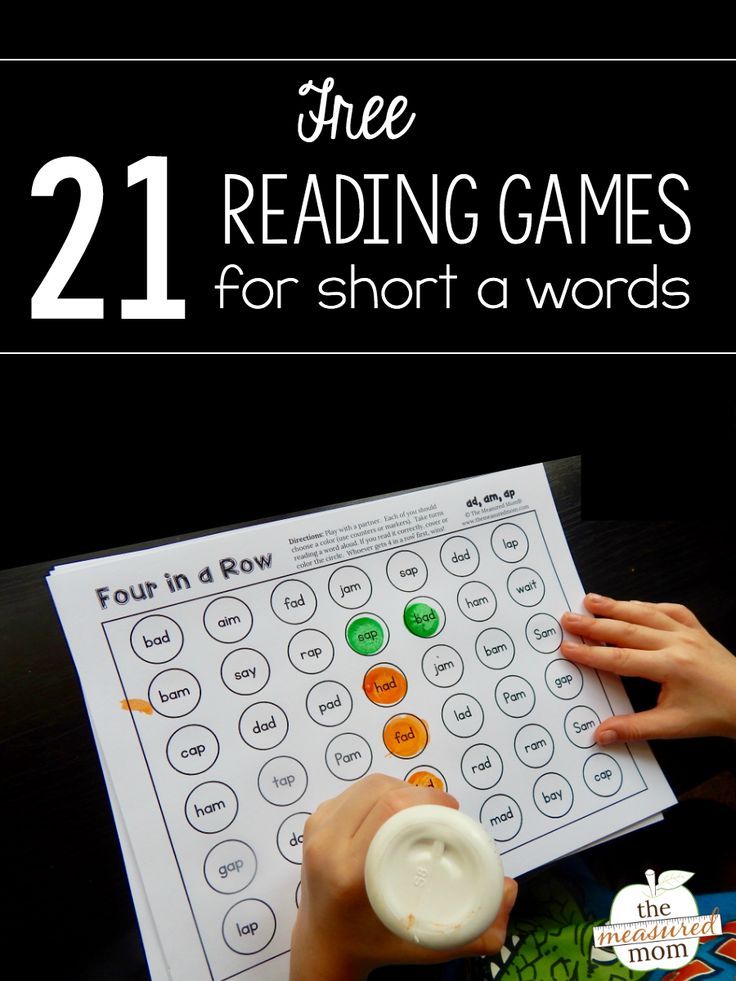 I vividly remember the sound of letter cubes shaking around in the plastic box. If your kids like word searches, then Boggle is their game. Shake the letters and see how many words can be found in a short of amount of time. The real challenge is finding words that other players don't spot. Shake and repeat.
I vividly remember the sound of letter cubes shaking around in the plastic box. If your kids like word searches, then Boggle is their game. Shake the letters and see how many words can be found in a short of amount of time. The real challenge is finding words that other players don't spot. Shake and repeat.
Tip: Challenge your family to learn two new words each game. It might be fun to focus on words with same prefix or suffix and talk about how the words are related.
5. Scrabble
Ages: 8+
For most, the first word game that comes to mind is Scrabble. The game has been around since the 1940s. The neat thing about this word-building game is that it also builds math skills. Players strategize high point letter tiles to use on the board in just the right places.
Tip: Try Bananagrams, Wordical, or Quiddler which are all spinoffs of the classic Scrabble game.
6. Read My List!
Ages: 8+
Read My List! is another game that has multiple variations.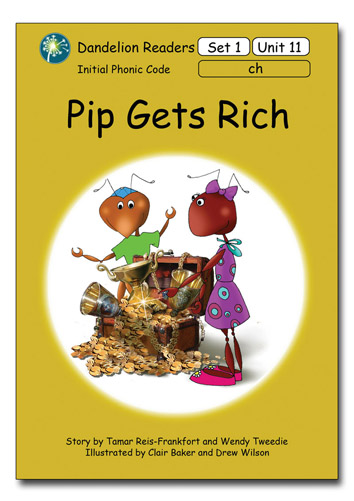 You can play a round where you list as many words you can think of to fit into a certain category. Another variation is to listen to a list of things and then guess the category. Finally, players can do a lightning round where they compete back and forth to name items in a category until someone gets stumped.
You can play a round where you list as many words you can think of to fit into a certain category. Another variation is to listen to a list of things and then guess the category. Finally, players can do a lightning round where they compete back and forth to name items in a category until someone gets stumped.
Tip: To include younger children, play without racing each other. The lightning round and list rounds would be appropriate for children over age four.
7. Apples to Apples Junior
Ages: 9+ (younger strong readers could also play)
My personal favorite on this list is Apples to Apples Junior. There are two stacks of cards. The green set contains descriptive words such as kind, cool, and bold. The red set contains people, places, things, and events. Each round, players choose the best red card from their hand to compliment the green card word. The judge selects the favorite played card as the winner of the round.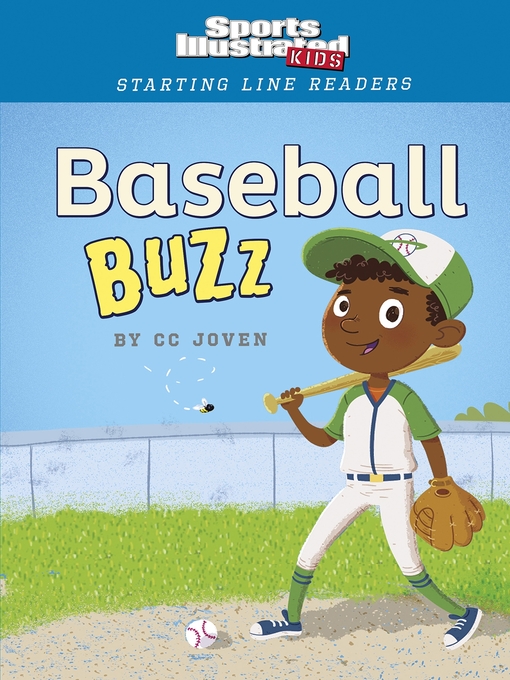
Tip: Use the blank cards that come with the game to add vocabulary words your kids are currently studying.
Have fun building literacy skills and enjoying time with your family with one of these games.
Six Games for Reading | Reading Rockets
Here are six games parents or tutors can use to help young readers practice word recognition, spelling patterns, and letter-sound knowledge. When planning to play one of these games, choose words to use from books the child is reading or has read recently. The games should also be chosen or designed to promote the child's sense of competence and success.
1. Concentration
To make
Select five to ten words from a book (or books) the child is reading. Print each word clearly and boldly on separate 3x5 inch index cards, making pairs of each word. (The child may be able to help you by copying the words you write.)
To play
Shuffle the cards and place them face down in neat rows. Take turns turning up two cards at a time and reading the words aloud.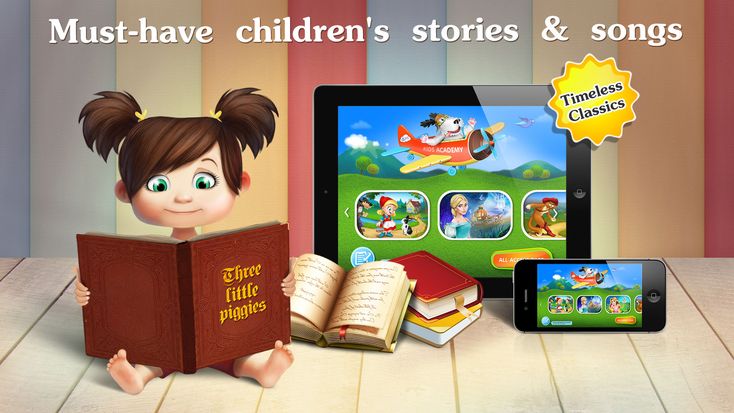 If the two cards match, the player keeps them and takes a second turn. If they do not match, the cards are replaced face down and the next player takes a turn. Play until all the cards are matched. The player with the most pairs wins. If the child has trouble recognizing a word, say the word — do not ask the child to "sound out" the word. The purpose of this game is to build automatic recognition of whole words.
If the two cards match, the player keeps them and takes a second turn. If they do not match, the cards are replaced face down and the next player takes a turn. Play until all the cards are matched. The player with the most pairs wins. If the child has trouble recognizing a word, say the word — do not ask the child to "sound out" the word. The purpose of this game is to build automatic recognition of whole words.
You can control the difficulty of the game by the choice and number of words used: for very beginning readers, choose meaningful words that are visually distinctive: "ghost", "dark", "sister", and keep the number of words low. For a more challenging game, include some words that are less distinctive: "when", "what", "this", "that", but be careful not to overwhelm the child.
Variation 1
Instead of matching pairs, you can use rhyming pairs: look, book; dark, park.
Variation 2
This game can also be used to build letter recognition and letter/sound association.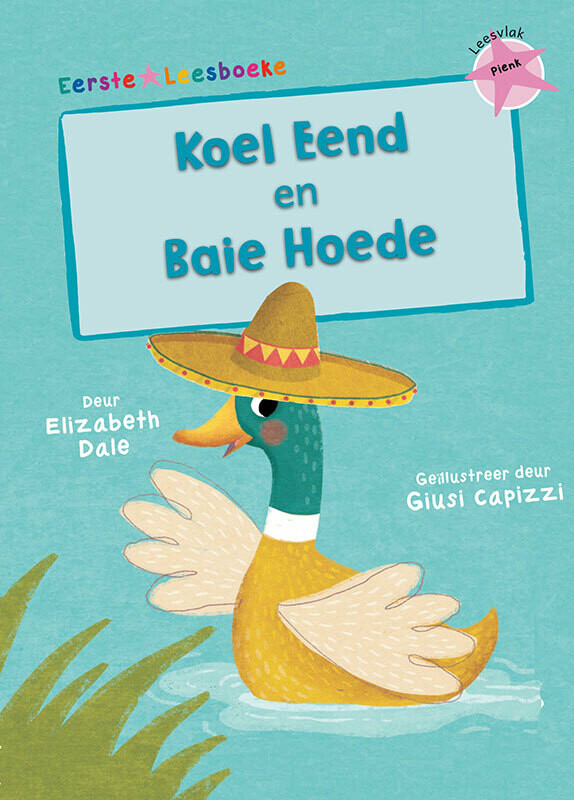 Paste or draw simple pictures on one set of cards; and on the other set, print initial consonants to go with the pictures. For example, paste the picture of a dog on one card, and write the letter "D" on a matching card.
Paste or draw simple pictures on one set of cards; and on the other set, print initial consonants to go with the pictures. For example, paste the picture of a dog on one card, and write the letter "D" on a matching card.
Note: This game can be adapted to use with older children, or more advanced readers: variations can include vocabulary practice such as using homonyms, (words that sound alike but are spelled differently and have different meanings: cent/scent; dear/deer, etc.) or contractions, (can't; cannot, etc.).
Back to Top
2. Go fish
This game is good for early fluent to fluent readers.
To make
Select ten to 20 words from a book (or books) the child is reading. Print the words clearly and boldly on separate 3x5 inch index cards, making pairs of each word. (Children may help by copying the words you write.) Two to four players can play this game.
To play
Shuffle and deal three to five cards to each player. Place the rest of the deck face down.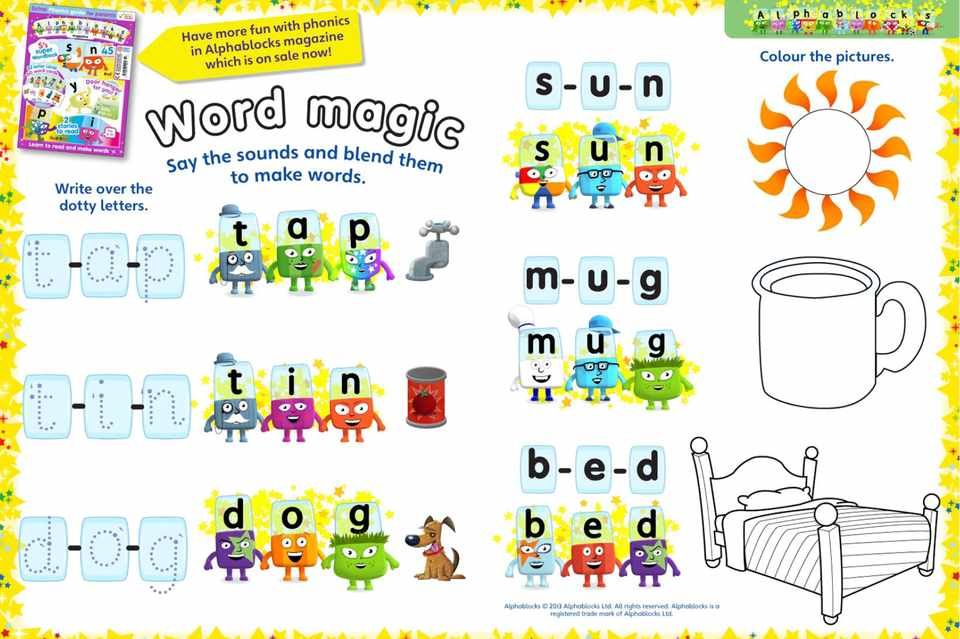 Players take turns asking each other for a card to match one held in his or her hand. If the opponent has a matching card, it is given over, and the first player takes another turn. If the opponent does not have a match, he or she says "Go Fish" and the player draws from the remaining deck of cards, and the next player takes a turn. Each time a player has a match, he or she reads the words, and puts down the pair, face up. Continue the game until the cards are all used up.
Players take turns asking each other for a card to match one held in his or her hand. If the opponent has a matching card, it is given over, and the first player takes another turn. If the opponent does not have a match, he or she says "Go Fish" and the player draws from the remaining deck of cards, and the next player takes a turn. Each time a player has a match, he or she reads the words, and puts down the pair, face up. Continue the game until the cards are all used up.
Instead of matching words, rhyming words can be used. In this case, players ask for "a word that sounds like 'night'..." At the end, the child can earn extra points by dictating or writing additional words that rhyme with the base words, or creating "silly" sentences using the rhymes.
Note: This game can be adapted to use with older children, or more advanced readers: variations can include vocabulary practice such as using homonyms (words that sound alike but are spelled differently and have different meanings: cent/scent; dear/deer, etc. ), or contractions (can't; cannot, etc.).
), or contractions (can't; cannot, etc.).
Back to Top
3. Old maid
To make
Select three words per player from a book (or books) being read. Print them clearly and boldly on separate 3x5 inch index cards, making pairs of words. Choose one more word without a match that will be the winning card.
To play
Shuffle and deal three to six cards to each player. Players take turns drawing a card from a player to their left. If a player draws a card that matches one in his or her hand, he/she reads the two matching words in order to keep the pair. Play continues until all the cards are matched, except for the one odd card. The player who holds that card at the end wins the game.
Note: This game can be adapted to use with older children, or more advanced readers: variations can include vocabulary practice such as using homonyms (words that sound alike but are spelled differently and have different meanings: cent/scent; dear/deer, etc.), or contractions (can't; cannot, etc. ).
).
Back to Top
4. Monopoly
This is a great game to help teach word family patterns and spelling patterns. This should be used with children who write fairly comfortably, usually second grade or older.
To make
Create a game board with four or five squares on each side. Prepare word cards with families of words that emerge from the child's reading: night, light, tight; went, bent, sent; hat, cat, bat. (For beginning readers or younger children, make sure the patterns are not too similar: mat, sat, rat; man, can, ran; met, set, bet.) Color code each word family and each side of the game board.
Place the words face up around the board in sets. To add to the element of chance, have other game directions on the board, such as "take another turn", "go back 2 spaces", etc. Prepare score sheets for each player with color-coded headings for each word family.
To play
Role dice or use a spinner to move around the board. Wherever a player lands he reads the word, then writes it in the appropriate "word family" category on the score sheet.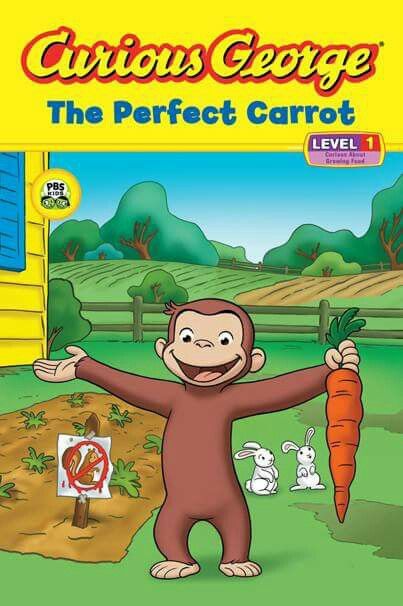 Extra points can be earned by dictating or writing sentences with the rhyming words.
Extra points can be earned by dictating or writing sentences with the rhyming words.
Back to Top
5. Rhyming games
Play rhyming games to teach about the patterns in words. Try the following, for example, for words in the same family as the word black:
- Introduce a poem or rhyming story such as Miss Mary Mack:
Miss Mary Mack, Mack, Mack
all dressed in black, black, black
with silver buttons, buttons, buttons
up and down her back, back, back… - Encourage the child to point out words in books that have a similar spelling pattern as in black.
- Help the child think of other words that have this pattern. You may have to write a few words for him or her:
sack
pack
stackThen have the child read the whole word and underline the repeated part of the word, "ack."
- Using magnetic letters or Scrabble pieces, form a word with the "ack" pattern. Ask the student to change the first letter of the word (for example: 's' in sack) to make a new word, such as pack.
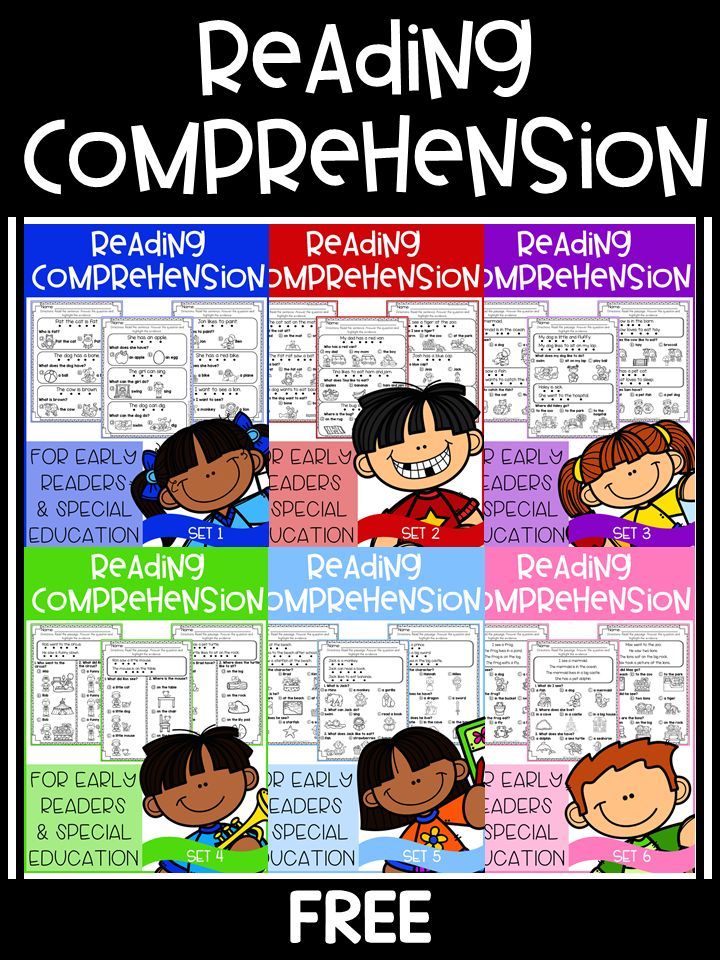 You should be sure to provide a limited number of letters (two or three at first) for the child to choose from.
You should be sure to provide a limited number of letters (two or three at first) for the child to choose from. - Remember to choose a word pattern that is useful and important to the student and that relates to something that he or she has read or will read. If possible, start with a word he or she already knows in the word family. After reading a book about being sad, for example, start with the word "cry" and then follow with "fry", "try", and "wry".
- Remember to review the word families you've chosen to work on periodically by playing some of the other games described above.
- Be sure to give the student a chance to go back to a book, poem, or other texts where he or she can apply this new reading skill. Poems, nursery rhymes, and jump rope jingles are a great resource for early readers.
Back to Top
6. Fishing for sounds
This is a game for emergent readers and writers.
To make
Find and cut out small pictures of familiar objects from magazines, old workbooks, catalogues. Try to find several pictures that start with the same letter, such as book, bed, basket, boy; snake, sun, skate, slide, etc. (The child can help; this is a good language activity too.)
Try to find several pictures that start with the same letter, such as book, bed, basket, boy; snake, sun, skate, slide, etc. (The child can help; this is a good language activity too.)
Cut out 12-15 fish shapes and paste or draw one picture on each fish.
On individual 3x5 inch index cards or on an 8x11 inch piece of paper or cardboard, print consonant letters with a key picture for each group of pictures found. (For example, print the letter "S" with the picture of a sun to represent all the words beginning with that letter.) (If using a sheet of paper, print only two or three letters per sheet.)
To play
Select two or three sets of fish pictures that start with the same letters and mix them up. Place face down on a table and take turns "going fishing." As each fish is turned over, the child names the picture and places it in the appropriate pile under the key letter / picture. When all the fish are caught and placed correctly, have the child "read" the pictures under each heading. If necessary, read along with him or her, saying the letter name and stressing the initial sound of the word. "Yes, here are 'S' pictures: sssun, sssnake, sssaxophone."
If necessary, read along with him or her, saying the letter name and stressing the initial sound of the word. "Yes, here are 'S' pictures: sssun, sssnake, sssaxophone."
To add excitement, you can play as opponents, each player having one or two categories and key letter / pictures. Take turns fishing, and discard those fish that belong to the other player.
Back to Top
Quest game for the first readers in the new year
543
1 minute
Quest game for the first readers in the new year
The Nevinnomyssk Central Library on January 9 held the action “We are always glad to friends! We invite you to visit us! As part of this action, readers took part in the quest game "Adventures in the New Year's Library". Library staff prepared various contests, games, riddles and gladly welcomed the guests.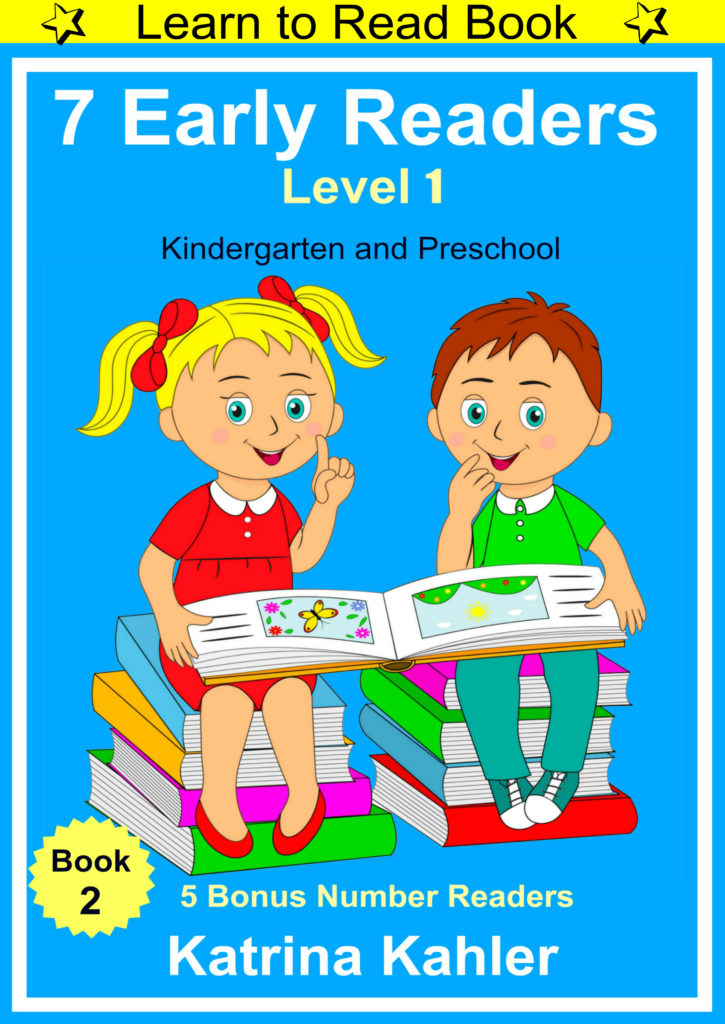
The children took part in adventures and travels with fairy tale characters based on their favorite books with pleasure. Charades, crossword puzzles and interesting questions awaited participants in all departments of the library. Bright book exhibitions "New Year's miracles" and "Magic of New Year's ideas", photo zones made this day interesting and unforgettable. All participants of the event were treated with sweet prizes from the Gingerbread House.
Stavropol region celebrates memorable dates of liberation from the Nazis
Change in prices for goods in Nevinnomyssk
Main
Practical and reliable building concrete
November 3, 2022
Unpleasant neighborhood: What insects are found in apartments and how to deal with them
November 3, 2022
The head of Nevinnomyssk announced when the farewell to the Hero of the Soviet Union Andrey Titenko will take place
November 3, 2022
Mikhail Minenkov shared a weekly report on assistance to military units
November 3, 2022
Popular
November 3, 2022
Practical and reliable building concrete
November 3, 2022
Unpleasant neighborhood: What insects are found in apartments and how to deal with them
November 3, 2022
The head of Nevinnomyssk announced when the farewell to the Hero of the Soviet Union Andrey Titenko will take place
November 3, 2022
Mikhail Minenkov shared a weekly report on assistance to military units
November 3, 2022
On the Day of National Unity, United Russia will give gifts to the families of the mobilized throughout Russia
Subscribe
to the newsletter
20 ball games that will captivate children
You can listen to the short version of the article.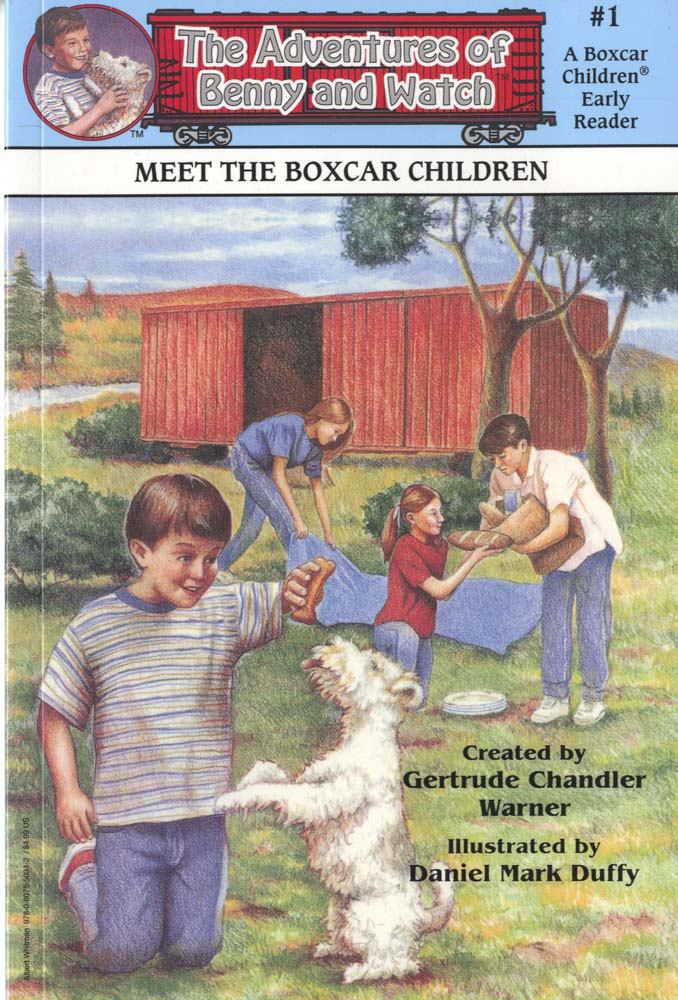 If it's more convenient for you, turn on the podcast.
If it's more convenient for you, turn on the podcast.
Today's children spend a lot of time on gadgets and often sit on the street, staring at smartphones.
Many outdoor games are a thing of the past, but this is not only a fun pastime, but also a great way to develop dexterity, speed and accuracy, not to mention social skills.
Below we list 20 ball games you can teach your child. Some of them are suitable for the home, others will be a great way to have fun while walking on the playground or on a trip to nature.
Indoor games
Although these games do not require a lot of free space, the ball can still accidentally hit something fragile. So get away from your new TV and your favorite vase so your fun doesn't end in tears.
1. Edible-inedible
One player throws a ball to another and says a word that can mean something edible or not. In the first case, the ball must be caught, in the second - to hit. If the player makes a mistake, he becomes the leader.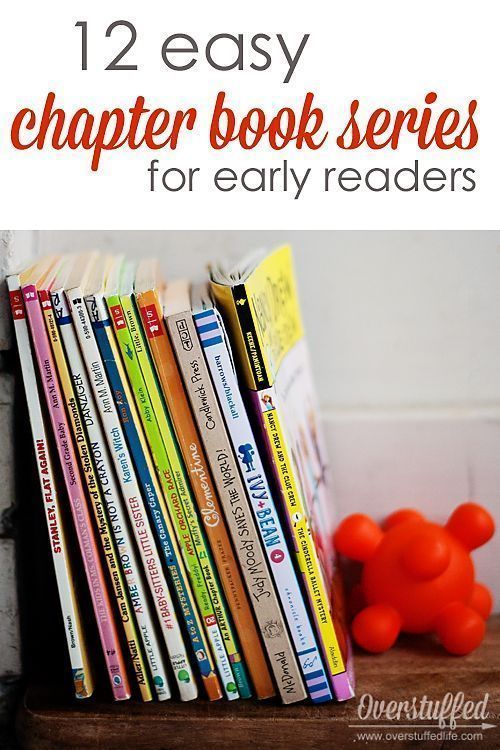
This game is suitable for both toddlers 3-4 years old and older children. In the first case, you can use simple and familiar dishes like porridge, soup or bread, in the second, you can try more complex names, such as profiteroles, ribeye or artichokes.
Trick questions will do. For example, peacock-eye or silkworm larvae are quite edible, at least in the cuisines of Asia and Africa.
2. Home bowling
Another game for kids of all ages. For it, you can use both a medium-sized rubber, and a tennis or even a massage ball, if you have one.
An obstacle is built on the floor, such as a tower of blocks or several empty plastic bottles. Players then take turns trying to knock things down from a given distance.
3. Seated dodgeballs
The players sit on the floor in a fairly wide circle, with the leader going down in the middle. Children throw the ball, trying to hit the person in the center, and he dodges by any means. The one who manages to hurt him goes to the middle and becomes the leader.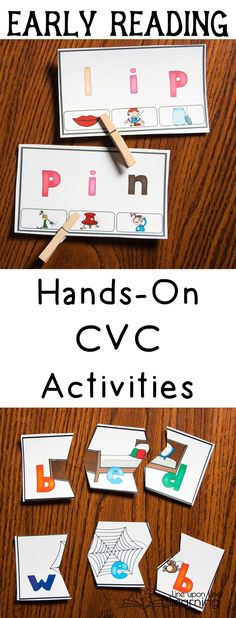
If dodging is difficult, you can set a rule - do not throw the ball, but roll it on the floor, like in a bowling alley.
4. Who was who
One player throws a ball to another while naming an object or living being. The second person must catch the ball and answer the question without a hitch.
For example, a chicken was a chicken or an egg, a cow was a calf, glass was sand. If the player does not know the answer, then he becomes the leader and asks the question himself.
5. Rhymes
One player throws the ball to another and at the same time says any word of his choice. The second must catch the ball, name the rhyme as quickly as possible and throw it to the next.
If a lot of people participate in the game, you can exclude those who did not come up with a rhyme, if not enough - write down penalty points for a hitch and keep score.
6. I know five…
The player says: “I know five female names” and begins to hit the ball with his palm on the floor, accompanying each hit with a new name. When everyone is named, the ball goes to another child and he does the same without repeating.
When everyone is named, the ball goes to another child and he does the same without repeating.
If all children coped with the task, the following is given - for example, five male names, trees, birds, domestic or wild animals, brands of cars, fairy-tale characters, and so on.
If a player cannot name five of anything or loses the ball, he is out of the game. As an option - receives a penalty point.
7. Earth, air, fire, water
The players sit in a row, the driver stands in front of them. He throws the ball to the first in line and says one of the four words. When you hear "earth", you need to name an animal, "water" - a fish, "air" - a bird, and at the word "fire" wave your hands over your head.
If the player to whom the ball flew did not catch it, did not give an answer or mixed up the commands, he becomes the driver.
8. Sabzhe (honey)
Players line up. The driver asks the first question: “What is your name?” and begins to offer answers by throwing the ball to the first player. If he doesn't like the name, he hits the ball, if he likes it, he catches it. Now that's his name.
If he doesn't like the name, he hits the ball, if he likes it, he catches it. Now that's his name.
If the player does not hit the ball or accidentally catches it, he is given the name that was called at the time of the throw. Also, the driver sometimes has to say “Sabzhe” or “Honey”, and if the child manages to catch the ball, he can be called by any name of his choice.
In this way, all people from the line pass, after which the following question is asked: “What is your last name?”.
The list of questions is something like this:
- Where do you live?
- What do you do?
- Name and surname of the future husband/wife?
- What kind of pet do you have?
- How many children do you have and what are their names?
You can fantasize endlessly. The funnier the options, the better.
9. Catch - don't catch
There are several variations of this game - with simple commands and with various tasks.
Players stand in a circle and throw the ball to each other, giving commands. If the throw sounds "catch", you need to catch the ball, if "do not catch" - hit it. Anyone who does not follow the command is out of the game or receives a penalty point if there are few participants.
You can make the game more difficult by adding some task. For example, if the name of the animal was heard during the throw, the ball is caught, if something else, it is beaten off. You can take absolutely any category: countries, pieces of furniture, insects, male or female names, and so on.
Outdoor games
1. Whoever is called catches
The game is good for getting to know each other and helps to learn the names of all the people in the company.
Children move freely around the court, and the leader throws the ball higher and calls the name. Having heard his own, the child must catch the ball.
2. Catch the ball (dog)
This game requires a minimum of three players.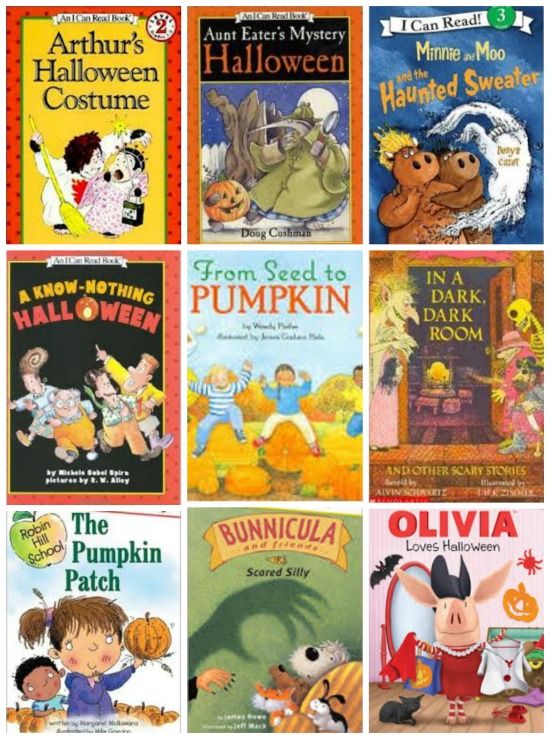 Two people are located at a distance from each other, and the third - the driver - stands in the middle between them.
Two people are located at a distance from each other, and the third - the driver - stands in the middle between them.
Participants throw the ball to each other, and the driver tries to catch it or at least touch it. If he succeeds, he switches places with the last thrower.
If more than three people are involved in the game, you can stand in a triangle or circle and throw the ball over the center, where the driver will be.
3. Shtander-stop
Participants stand in a circle, the driver is in the center. He tosses the ball or throws it away and says the name of one of the participants. The named one runs after the ball, the rest - in different directions.
There is also another selection method. The driver closes his eyes and extends his hand. The rest of the players walk in a circle, and when he shouts: "Stop!", Stop. Whom the hand shows, that and run after the ball.
When a child, whose name was called (or who was pointed at by the hand), catches the ball, he shouts: “Shtander!” or "Stop!". At this point, all players must stop and freeze.
At this point, all players must stop and freeze.
A child with a ball estimates the distance to the driver and names the number of steps in which he can reach him. Steps can be:
- giant - as wide as possible;
- "Lilliputian" - when the heel of one foot is placed close to the toe of the other;
- "umbrellas" - turns around;
- "camel" - a step to the distance of spitting;
- "frog" - jumping forward from a full squat.
These steps are usually mixed. For example, a child might say, "He's got three giant steps, two camel steps, and three frog steps." When he goes the distance in the chosen way, the driver folds his hands in the manner of a basketball hoop, which you need to hit with the ball.
If successful, the child becomes the leader. Everyone returns to the circle and the game starts over. If he missed, the driver remains the same.
4. School of the ball
This game can be played with both a rubber children's ball and a tennis ball.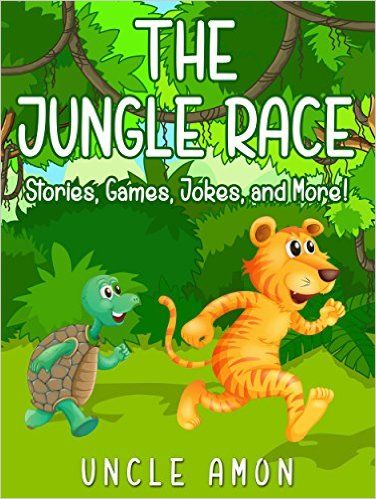 The latter option is more difficult and suitable for older children.
The latter option is more difficult and suitable for older children.
Players come up with various tasks with increasing difficulty, for example:
- Throw the ball up and catch it.
- Throw the ball up, clap and catch.
- Throw the ball on the floor and catch it.
- Hit the ball on the floor, clap your hands and catch.
- Hit the ball against the wall and catch it with one hand.
- Hit the ball against the wall, turn around and catch it.
- Hit the ball on the floor and catch it with your eyes closed.
- Throw the ball at the wall, let it hit the ground and catch it.
- Throw the ball at the wall with your back to it, let the ball hit the ground and then catch it.
- Jump over a bouncing ball.
- Throw the ball from under the foot, from behind the head, while squatting.
You can also make the task more difficult by increasing the number of exact repetitions. For example, not just catch the ball after a turn, but do it five or ten times in a row.
5. Wall
Players line up against the wall. It is better to choose deaf, without windows. The first player in the column throws the ball higher so that it hits the wall and bounces off, after which it runs back and gets up last.
The next person must catch the ball and repeat the action. Those who do not have time are out of the game.
6. Eleven (potato)
Children stand in a circle and toss the ball to each other at random, counting out loud. The one who throws first says "One", the second one catches and says "Two", and so on. The player who is to say "eleven" must hit the ball.
If he does not do this (for example, he catches or misses altogether), he becomes a "potato" - he goes to the center of the circle and squats.
The game starts again, and now the eleventh person must not only hit the ball, but try to hit the one sitting in the center. If successful, the “potato” returns to the circle with the others. If not, the thrower joins him in the center.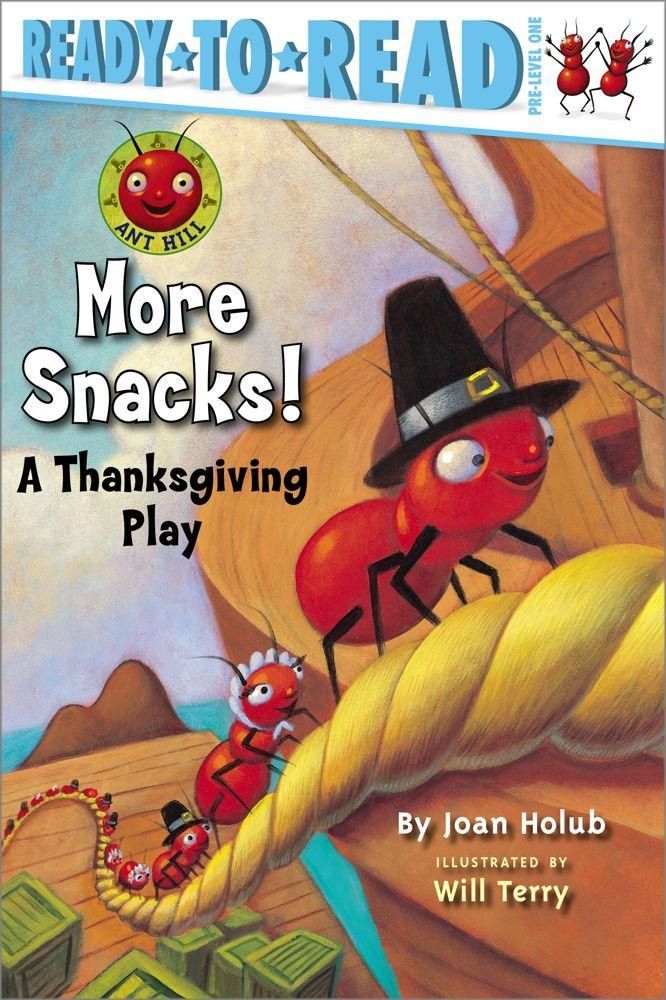
In this way, the game continues until the whole company gathers in the middle, and one person remains standing with the ball. Then you can start again or hit the ball on the ground 10 times, and on the 11th hit someone in the center.
7. Frog
Children line up in a column against the wall. First, a line is determined on it, above which you need to throw the ball, for example, according to the level of a tile, some kind of mark or window sill.
The first player throws the ball at the wall, and after it hits the ground, jumps over it, legs apart. If everything worked out, the child goes to the end of the line, and if the jump fails or the ball hits the leg, he is eliminated from the game. Then the player standing behind him turns on and performs the same actions.
The tasks become more difficult with each round. For example, instead of a “frog” jump, they make a “suitcase” when the child jumps on one leg, stretching the other to the side.
You can also throw the ball higher and higher or do it with your back to the wall, as well as jump over at the moment of the second bounce from the ground.
8. Hunters and foxes
The “foxes” children stand in a circle, and the “hunter” enters the center. He throws the ball up three times and catches it, after which the players scatter. The driver at this time throws a projectile at them.
If the "hunter" touches the "fox", she becomes his assistant and they chase the others together. Thus, there are more and more "hunters".
But if the ball hits the ground after an unsuccessful throw, the “foxes” can intercept it and throw it to each other without giving it to the “hunter” and his assistants.
The game continues until only one "fox" remains.
9. Groover
Two large circles are drawn on the ground at a distance of about 15–20 steps from each other. In the first, all the participants in the game are standing, with the exception of one - the driver, or "grocer", who walks in the field.
One of the players hits the ball hard on the ground and runs into an empty circle. Together with him, a few more guys can try to get over, but no more than three.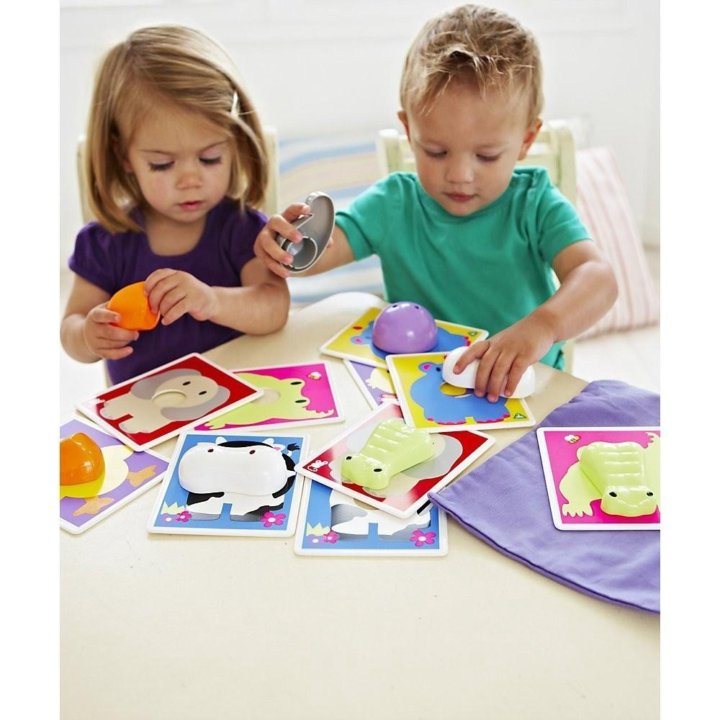
At this time, the “grocer” catches the ball and from the same place launches it at the players who left the base. If he manages to knock down one of the runners, he becomes the new driver, and the last "grocer" gets up in the first circle to the children remaining there.
If the ball flies past, and the fugitives successfully reach the second circle, they remain there until the end of the game, and the driver catches the ball and returns it to the first group. The game starts again and continues until all the children have managed to get to the second round.
10. Deception
Children gather in a circle and put their hands behind their backs, and the leader stands in the center. He throws the ball to any player who must catch it.
The bottom line is that the ball can be thrown for real or just pretend. If the player gets his hands out from behind his back, but does not catch anything, he will change places with the player in the center.
11.
